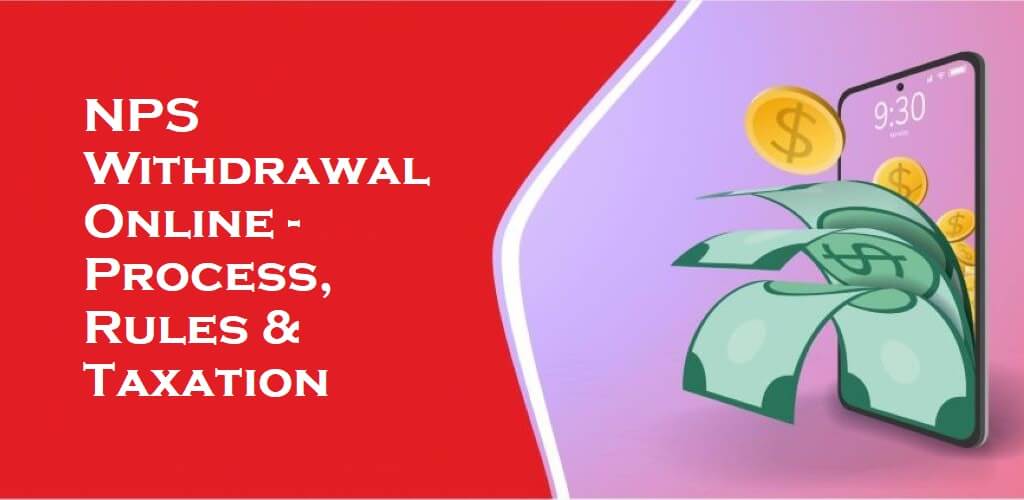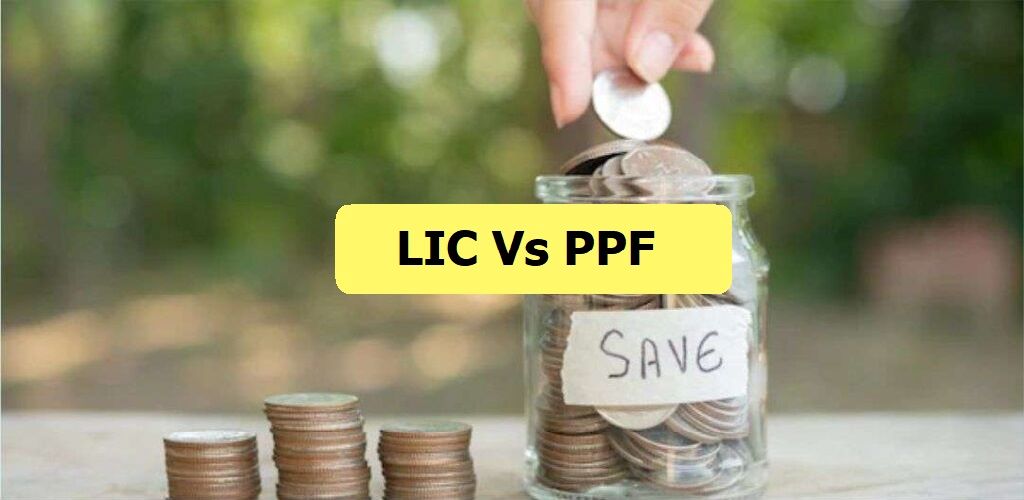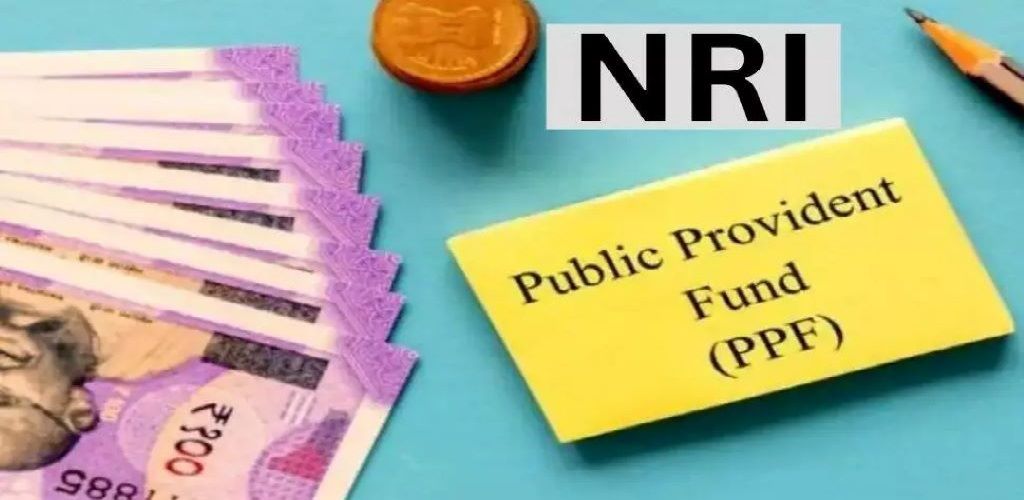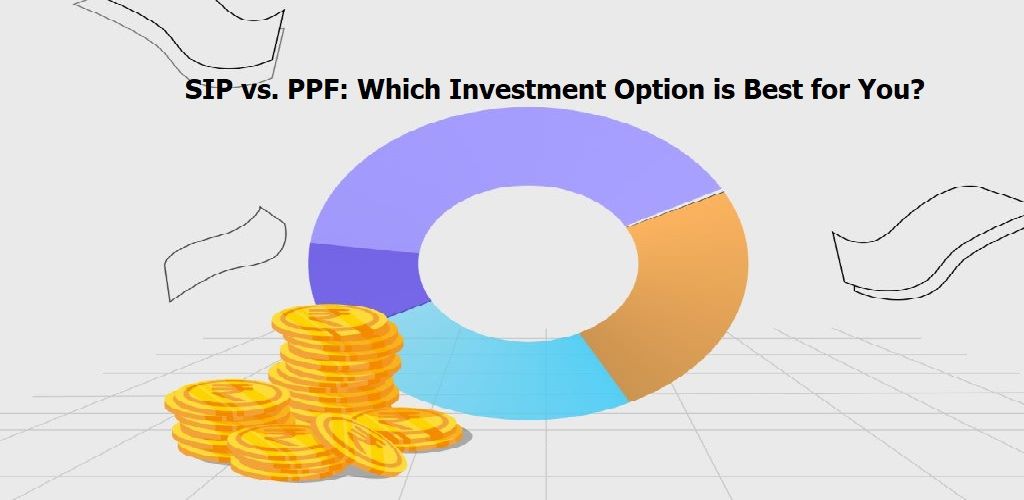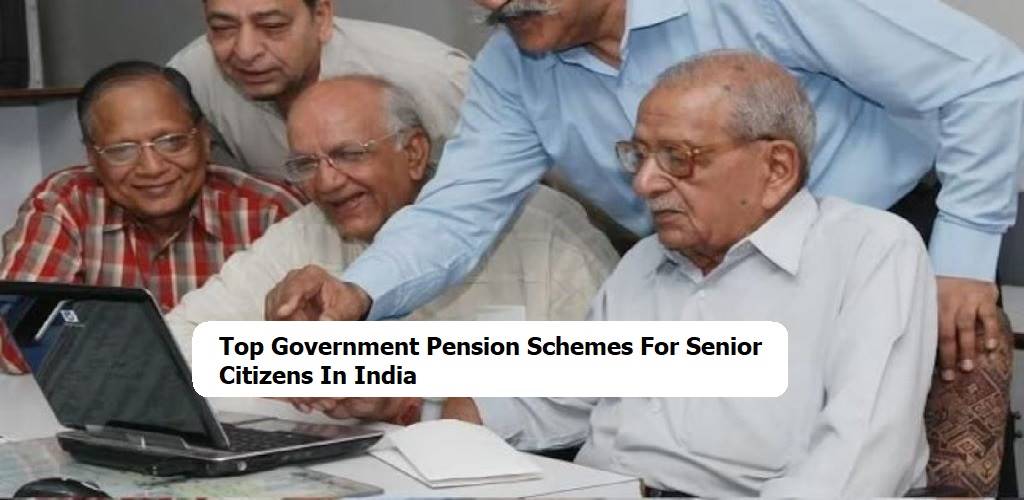No matter what kind of job you’re in, retirement is a significant milestone in an individual’s life that showcases the shift from work to relaxation. It’s the time when people can finally enjoy the fruits of their labour and pursue personal interests. However, to ensure financial security during this phase, it’s crucial to have a reliable and sustainable source of income. This is where the importance of NPS comes into play!
The National Pension Scheme (NPS) is a program by the Indian Government to encourage long-term savings and regular income during the golden years of an individual. Regulated by the Pension Fund Regulatory and Development Authority (PFRDA), this scheme may help people save money until they reach 60 years old. When they turn 60, they are allowed to withdraw 60% of the total amount they have saved.
Are you excited to learn more about NPS in detail? This post will cover everything you need to know about the National Pension Scheme, including its process, rules, and taxation.
What is NPS - National Pension Scheme?
Introduced by the Government of India, NPS, or National Pension Scheme, is a voluntary retirement savings scheme that offers participants a lump sum amount and a monthly pension for life. To take part in NPS, individuals need to make regular contributions until they reach the age of 60. The scheme provides flexibility through withdrawal and partial premature withdrawal options. There are two types of NPS accounts: Tier-I (mandatory) and Tier-II (optional, requiring a Tier-I account). The rules for withdrawals depend on the type of account.
Speaking of its eligibility or minimum criteria, NPS is available for Indian citizens aged 18-65, and the minimum contribution is INR 500 (INR 1,000 for Tier-I accounts). There is no maximum investment limit in NPS schemes. Subscribers must make at least one contribution per financial year.
Furthermore, NPS candidates have the opportunity to choose a fund manager from the available portfolio options. They also have the option to allocate their investments across different assets. Remember that NPS offers two investment choices: “Auto” & “Active”. In the former, investors receive a pre-defined portfolio based on their age. On the other hand, in the Active choice, NPS invests in equity and debt asset classes, which means the returns are linked to market performance.
How To Withdraw from an NPS Account?
If you want to withdraw from your NPS account online, here is a list of the steps that you may need to follow;
- In the first step, you will need to visit the official website of CRA: NSDL.
- After that, you will need to log in with your PRAN (Permanent Retirement Account Number) and IPIN. Then, under the ‘Exit Withdrawal Request’ menu, simply select the ‘Initiate withdrawal request.’
- In the next step, you will need to select ‘Exit at 60’ as the reason for withdrawal and click ‘Submit.’ If your total corpus is less than INR 2,00,000 at retirement, you can opt for 100% withdrawal. Choose ‘Full withdrawal’ from the dropdown.
- After that, you will need to select the lumpsum withdrawal percentage and annuity percentage. Ensure you provide details like annuity frequency, marital status, spouse’s date of birth, and spouse’s gender, and select the annuity scheme and ASP (Annuity Service Provider) name.
- Then, you will need to select ‘Electronic’ as the transaction type and enter your bank details. After that, you will need to edit or enter nominee details if necessary.
Meanwhile, you can prepare the following documents;
- Form 101/301/51 filled and signed, stamped by the mapped Nodal office.
- Advance stamped receipt signed with a revenue stamp.
- Original PRAN card.
- Cancelled cheque, bank certificate, or self-attested copy of bank passbook.
- Aadhar Card and other KYC documents.
- After that, you will need to click “Submit” to complete the withdrawal request. Then, you will need to verify the information and click on the “Confirm” button.
- After successful submission, you’ll receive an acknowledgment number. You can view and print the withdrawal form.
- In the final step, you’re required to print the form, sign it, and submit it at the POP along with:
- A photograph (pasted and signed across for self-attestation).
- Self-attested KYC documents.
Top Reasons for NPS Partial Withdrawal
Here is a list of the following reasons wherein customers can consider NPS partial withdrawal.
- Education Expenses
It is the most common condition where people can make partial withdrawals for the education expenses of their children, including legally adopted children.
- Marriage Expenses
Another major condition where people can make partial withdrawals is allowed for the marriage expenses of their children.
- Residential Property
Customers can make a partial withdrawal for purchasing or renovating a residential property in their name or jointly with their spouse.
- Medical Treatment
Another major reason why people can make a partial withdrawal is allowed for medical treatments that require hospitalization and care.
- Disability Expenses
You can make a partial withdrawal to meet medical and incidental expenses that result from a disability.
- Skill Development
Partial withdrawal is allowed for expenses related to your skill development, re-skilling, or any other self-development activities approved by the Pension Fund Regulatory and Development Authority (PFRDA).
- Business or Startup
Customers can make partial withdrawals for business or startup expenses.
NPS Withdrawal Rules: know the Terms & Conditions
Here are the withdrawals from NPS.
- Withdrawal at Age 60
It is one of the common circumstances wherein candidates can turn 60 and can take out up to 60% of their NPS savings as a lump sum. The remaining amount is used to buy an annuity for regular pension payments. If your savings are ≤Rs. 5 lakhs, you can withdraw the full amount.
- Premature Exit
If you exit NPS before turning 60 but after 5 years, you can withdraw up to 60% of your total savings. However, if your savings are ≤Rs. 2.5 lakhs, you can withdraw the entire amount.
- Partial Premature Withdrawl
Instead of exiting NPS completely, you can choose to make a partial withdrawal. You can take out up to 25% of your total savings. But this option is only available after ten years from when you opened your NPS account.
Partial Withdrawal from NPS: Understanding the Terms & Conditions
Here is a list of the conditions for partial withdrawal from NPS.
- Account Duration
The subscriber must have held their NPS account for at least three years before requesting a partial withdrawal.
- Withdrawal Limit
The amount withdrawn cannot exceed 25% of the total contributions made by the subscriber.
- Frequency
Remember that partial withdrawals are limited to three times during the entire scheme tenure. Additionally, there must be a gap of 5 years between each partial withdrawal.
- Permissible Reasons
Another major term and condition is that partial withdrawals from NPS are allowed only for specific reasons, such as funding higher education for children, covering expenses related to children’s marriages, purchasing or building a residential house, and covering expenses for critical illness treatment.
Documents required for NPS withdrawal
Listed below are the documents required for NPS withdrawal.
- ID Proof
It includes a PAN card, Aadhar Card, or any other government-issued ID.
- Address Proof
Documents like electricity bills, telephone bills, Aadhar cards, etc.
- Advance Stamped Receipt
A signed and filled advance stamped receipt, with a revenue stamp, from the NPS subscriber.
- Bank Details
Proof of account holder name, account number, and IFSC code, such as a bank certificate, bank passbook, cancelled cheque, or bank letterhead.
- Additional Documents (in case of full withdrawal)
If eligible for full withdrawal, additional paperwork like an undertaking cum request form and KYC documents must be submitted.
What are the tax rules for NPS withdrawal?
Here are the tax rules for NPS withdrawal
Taxation at Maturity:
- When your NPS account matures, you can withdraw 60% of the amount tax-free.
- The remaining 40% used to buy an annuity is also tax-free.
- However, the income from the annuity is taxable according to your income tax slab rate in the year of payout.
Taxation of Partial Withdrawals:
- After 3 years, you can make partial withdrawals, limited to 25% of the amount, up to three times during your investment tenure.
- These withdrawals, made for specific reasons like children’s marriage, house purchase, or critical illness treatment, are completely tax-free for investors.
Taxation Upon Premature Exit:
- If you exit NPS prematurely, you can withdraw 20% of the amount as a lump sum, which is taxable according to your income tax slab rate.
- The remaining 80% is used to purchase an annuity, and the annuity income is taxable in the year of payout based on your income tax slab rate.
Final Thoughts
So, that’s a wrap to everything you need to know about NPS withdrawal! The National Pension Scheme (NPS) is considered one of the top pension plans in India. It offers a transparent and well-regulated scheme that can help individuals secure their financial future after retirement. By participating in the NPS, individuals can make regular contributions and build a retirement corpus.
Frequently Asked Questions
Listed below are the frequently asked questions related to the NPS.
You need to have an NPS account for at least ten years to withdraw before retirement. But if your savings are less than or equal to ₹2.5 lakhs, you can withdraw the entire amount.
Yes, after three years of opening your NPS account, you can make withdrawals before maturity for NPS Tier 1.
At the age of 60, you can withdraw up to 60% of your NPS savings as a lump sum. The remaining 40% must be used to buy annuities.
When it comes to withdrawals, there are various forms depending on the type of withdrawal, which may include Superannuation withdrawal, Premature withdrawal, Partial withdrawal, and Death.
You can generally exit NPS after 5 years with full withdrawal or choose an annuity plan. However, there are exceptions for situations like critical illness or unemployment.

